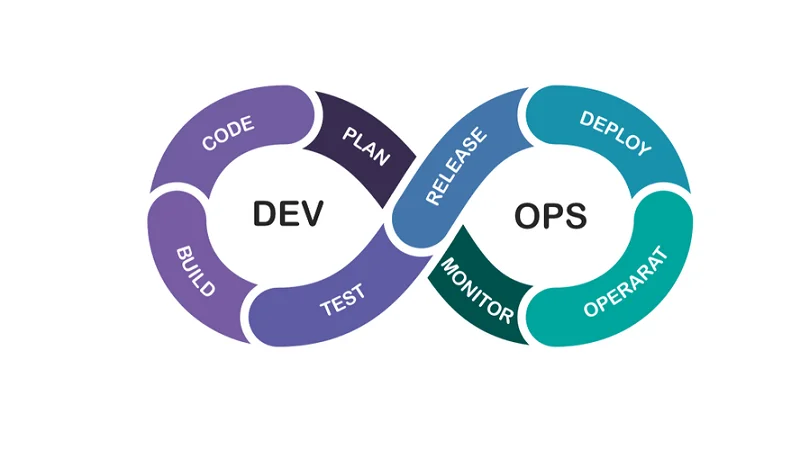When forming a team, leaders need to build trust, set expectations and encourage involvement. Creating a team charter is a great tool to help your team, as is conducting different kinds of “get to know you” activities. Your team needs to communicate clearly and, rely on one another rather than turn on each other.
In 1977, he added a fifth stage called “adjourning,” which addresses what happens as a project ends and a team disbands. In the in the third stage, norming, co-ordinators are still needed to facilitate the groups decisions. The addition of some implementers to the team is also a good idea to make plans for progress and team development.
Key Features
They decide to use the round-robin approach this time and everyone eagerly participates. She reminds the team that all responses are valuable to the process. Chris thanks Julie for honestly sharing her thoughts and states this is why she’s a valuable member.
This way team members can meet from anywhere and share their screen so that everyone can see the project details simultaneously. Record and store the meeting in Teamwork.com so that team members can revisit it at any time if they need a reminder of the discussion. At the Performing stage, the groups have become a cohesive and effective team. Members on the team trust one another and the structure is strong. Because of their strength, the team needs little supervision, and members all work together to make the best decision and move towards their goals.
What is self-management? (7 skills to improve it)
At this initial stage, the team is essentially a collection of individuals beginning to think about the project and the role they’ll fill. Each person is operating from their personal vantage point, focused on the “what’s in it for me” reasons for joining the team. First days at new jobs, first assignments with new bosses—the forming stage of teamwork is all about first meetings and first impressions. During the Norming stage, members shift their energy to the team’s goals and show an increase in productivity, in both individual and collective work. The team may find this is an appropriate time for evaluating team processes and productivity.
- The team comes up with an idea to focus the training on five scenarios often found in the hospital.
- Some teams move through this stage quickly, some never leave it.
- They feel confident and comfortable when approaching you with concerns and questions.
- Make sure everyone steps back each day or week to take a look at the larger picture.
- Lots of tools offer free trials, so use that time to experiment and check its compatibility with other products you use.
- Click here for our compilation of the research and guidance on preparing for the hybrid workplace…and
click here to assess whether you are ready the tsunami ahead.
Team members start to open up and confront one another’s ideas and perspectives. It can be tempting to avoid conflict, but doing so doesn’t help team building. A team that works together to resolve issues will trust each other more. They can rely on each other to do the hard work they were hired to do, despite any differences that arise. In this stage of group development, individual members are just getting to know each other and don’t have a group process yet.
The 4 Stages of Team Development Conclusion
Attributes like trust, understanding, and support are also built by the little, everyday things that make a group of people into a successful team formation. Make time for watercooler chat in a way that works for everyone, so there are group topics that everyone can laugh over. A deadline is missed, a launch doesn’t go as planned, or maybe it’s just that the workloads are heavy and it’s been too long since the last long weekend. Some team members may no longer be enthusiastic about all of the goals set out at the forming stage. If any team members feel uncertain about what’s ahead, boost their confidence and career prospects by praising them at company meetings.
When this happens, it’s important to take stock of what your team needs. They feel confident and comfortable when approaching you with concerns and questions. You recognize this isn’t any one team member’s fault, but you want to make it right. The last thing you want to experience is team members who de-value one another or collectively fall behind. It’s up to you to provide clarity, ensure team alignment and employee motivation. Take advantage of expert, personalized guidance by phone or in person.
A Simple Framework for Software Engineering Management
Setting a goal, even before you start working together, establishes some ground rules to focus on and ensures that everyone is on the same page and moving towards the same goal. Leaders need to be prepared to effectively coach team members by validating their concerns and providing tangible resolutions. They need to setup an effective process https://www.globalcloudteam.com/ to resolve conflicts that will arise during this stage. If team members exercise understanding, tolerance, and patience, they have a great chance of making it through the most difficult stage. These development stages show up repeatedly on an SAP project, not only when it starts but throughout as phases, deliverables and personnel change.
The principles are based on the same principles Five Star hotels and restaurants use to achieve high-quality service. If your firm focuses on the 7 areas, you will begin to see a cultural shift happen and your firm’s level of client service will rise. Furthermore, team members may encounter unexpected difficulties, feel lost and overwhelmed, and disillusioned and disappointed with their new team. Managers need to support each team member and ensure they can contribute and their peers are not blocking them. Frequent 1–1s allow managers to help their team members cope with issues and find a place in the team.
What did Harvard discover was the #1 leadership challenge?
You’re not sure who is doing what, or how to break this epic project into smaller components. Use a collaboration tool like Teamwork Spaces to organize and store your documentation. You’ll be able to access all of your important documents in one location so your team won’t waste time searching for important materials. We collaborate with clients to understand four stages of team formation their unique needs, and only then do we design and facilitate sessions utilizing our
four key areas of expertise. ThoughtHub is a collection of knowledge to help you learn more about your favorite topics. Here you’ll find a variety of articles on subjects such as business, ministry, archaeology, communication, psychology, education and many more.
The goal of Bruce Tuckman’s Stages model was to help project leaders understand how their team members were building relationships together. As it turns out, people approach tasks differently depending on the quality of their relationships with their co-workers. Behaviors during the Norming stage may include members making a conscious effort to resolve problems and achieve group harmony. There might be more frequent and more meaningful communication among team members, and an increased willingness to share ideas or ask teammates for help.
Team Development Never Stops
Draw a simple four-stage diagram and ask each person to place a dot or sticky note next to the stage they think the team is at. Focus on building a shared understanding across your team and with stakeholders. If you’ve asked team members to update progress documents weekly, check to make sure it’s being done. Set reminders for yourself to check in with team members, or send calendar events so that making updates is always top of mind and getting done. The main goal here is to keep the momentum going so that the project wraps up on time. With remote teams, it’s easy to run on assumptions until you’re almost up against a deadline — and then you discover that you didn’t get the outcome you needed.




